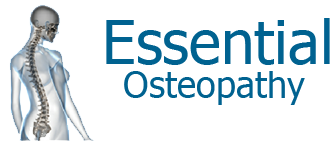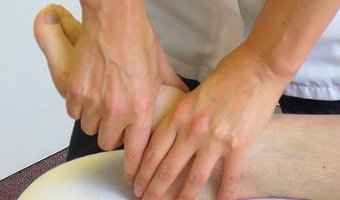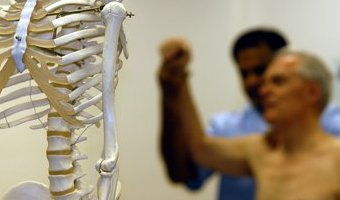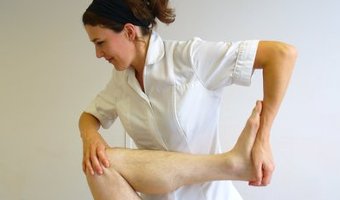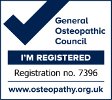Back pain - Causes and what you can do about it
It is highly likely that you have suffered with back pain at some point in your life. It is the biggest cause of disability in the UK with low back pain making up 11% of the disabilities and it is also a major cause of work absenteeism with 5.6 million work days lost each year.
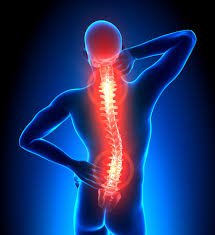
Causes of back pain
There are a number of reasons why back pain is such an issue:
- Sedentary lifestyle – increasing numbers of people are sitting behind a desk most days for long periods of time and then going home (sitting in a car, train or bus) and sitting on the sofa watching TV. It is very easy to spend a large part of life not moving.
- Fear avoidance and lack of understanding of back pain – research shows that there are negative beliefs on a range of issues around back pain, for example, whether or not to be active or be inactive with back pain (the former where possible every time), fear that they will have a permanently weak back after an episode of back pain and how those with back pain relate to healthcare practitioners.
- NHS and public service support of those with back pain – a NHS review into the services provided to those presenting with low back pain found that the pathway of management ‘is not planned, has little reference to the evidence base and contains significant delays at every step. Rehabilitation of patients with back pain is poor and very variable’. Click here to read the full review.
What can you do about it?
Although there is no elixir or magic bullet to prevent back pain, there are plenty of things you can do yourself to reduce the likelihood of you developing it and helping you to deal with it if it does arise:
- Keep moving regularly and daily – create good habits around movement by moving regularly throughout the day as often as possible. You should at least get up and move for 5 minutes every hour if you are not in pain and every 30 minutes if you are. You want to be promoting blood flow to the area and keep your joints mobilised and this is the best way to do this.
- Do plenty of varied exercise that you enjoy each week. Swimming is a fantastic example of good exercise as the buoyancy of the water supports your back (backstroke or front crawl are the best strokes) and yoga is also great for keeping you supple. Yoga also takes your body into different ranges of movement than forward and backwards (sidebending or rotating the body) which is what we do the majority of the time and often includes breathing techniques which helps activate the part of your nervous system which reduces pain levels and improves sleep and digestion (the parasympathetic nervous system). The government recommends up to 150 minutes of moderate activity (where your heart rate has risen but you can still talk) per week. One way to do this is to do 30 minutes of activity 5 days a week.
- Sleep – not getting enough sleep can really affect your brain’s ability to cope with pain so it is important that you get enough of it and that, if you are uncomfortable or in pain as you try to sleep, that you look at the position you are sleeping in. The optimum sleeping position is on your back followed by either side and lastly, by a long way, is sleeping on your front. Put a pillow under or between your knees if sleeping on your back or your side(s) is uncomfortable and under your lower stomach if you are finding it hard to break the habit of sleeping on your front. Click here to read my blog article on Pain and Sleep
- Workstation set-up – with work taking up a large part of the day and often based on a computer or laptop, it is important to ensure that your workstation is set up properly if you are to avoid back pain or prevent it getting worse. Have a look at my blog article on workstation set-up and spend 10 or 15 minutes reviewing either or both your home and work desk, monitor, chair, etc. Click here
- If you’re using a laptop, I would really recommend that you use a concertina style stand which brings the top of the laptop screen up to eyebrow level and that you buy a separate bluetooth mouse and keyboard. See the shop/recommended products page (click here) on my website and scroll down to get to the lumbar support/workstation product section to view the products I would recommend.
Osteopathy can help relieve your back pain through techniques such as soft tissue massage, joint articulation and manipulation, stretching and modern acupuncture (dry-needling) as appropriate. We also give exercises and advice on what to do after the treatment to continue the path towards recovery, rehabilitate your body and maintain optimum back health in the future. If you are experiencing back pain, it is always best to seek medical advice – particularly if there are symptoms in your legs such as pins and needles, weakness or numbness or you are having issues with you bowels or bladder.
Contact me for more information or book in online for an appointment – click here – and/or see Lesley’s testimonial for a recent review on the work I do to help patients with back, neck pain and headaches (scroll down the page below the Google reviews) – click here.
